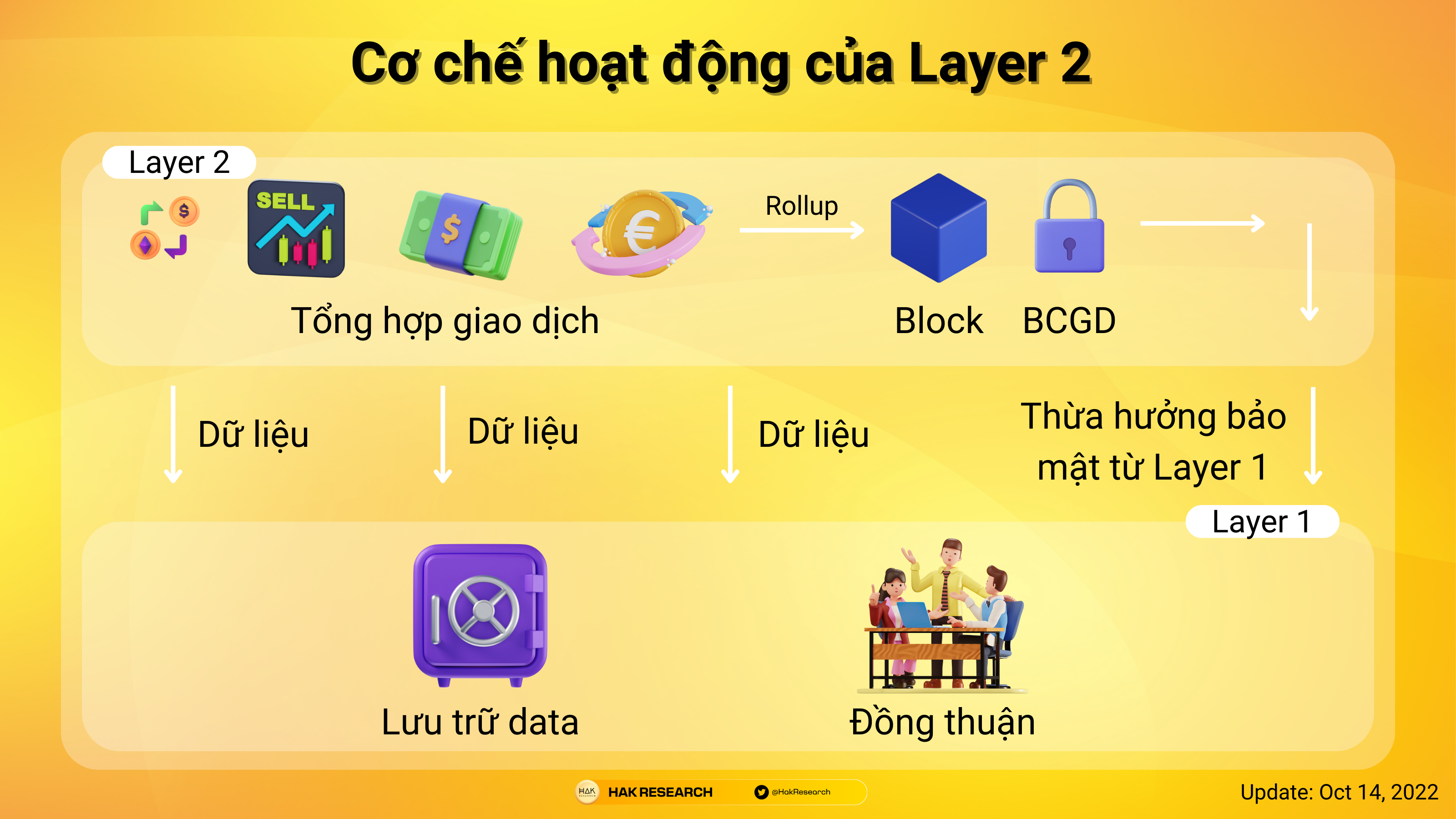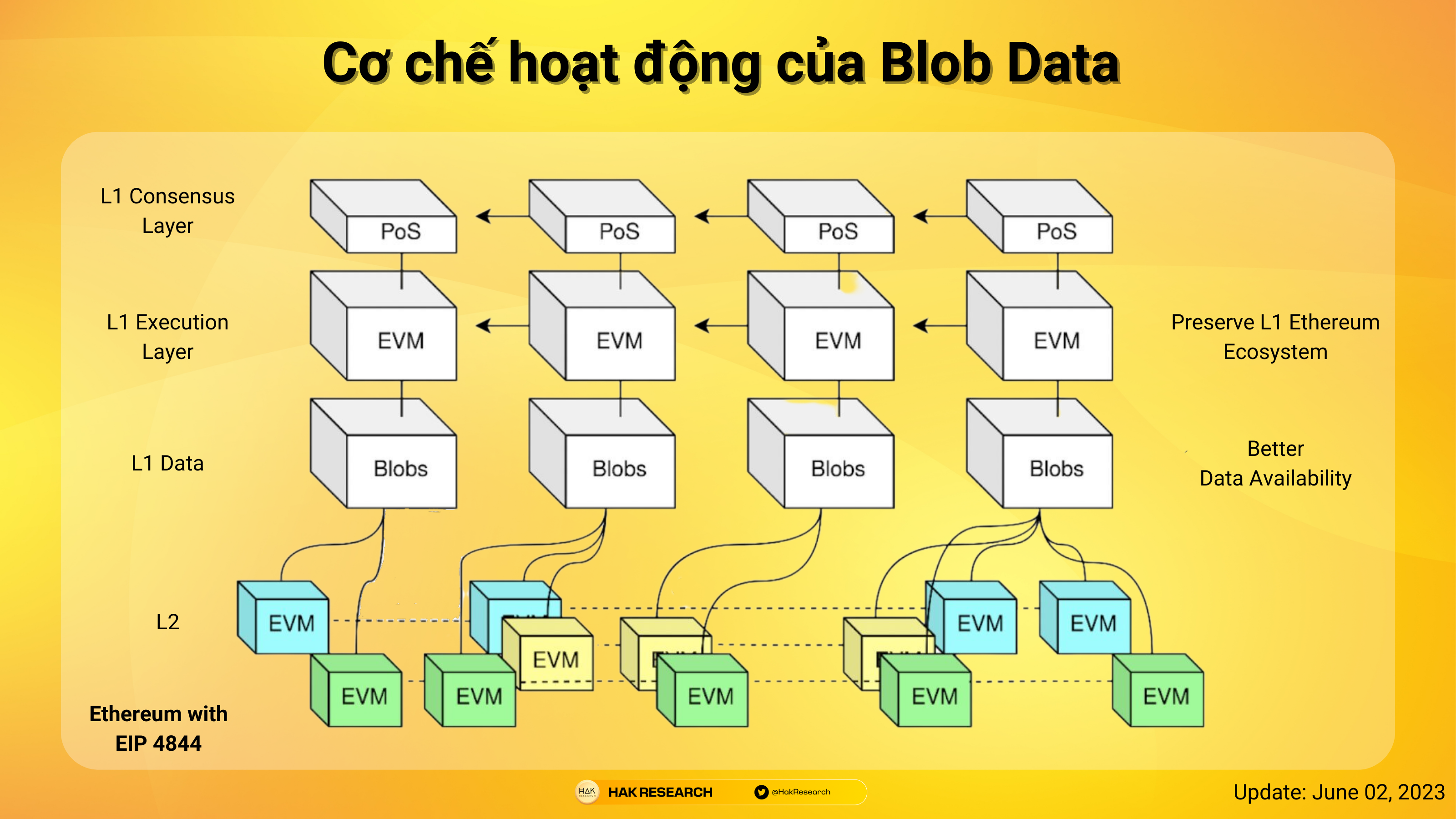What is DankSharding? DankSharding is Ethereum’s next important upgrade in improving transaction fees for Layer 2 and a series of other upgrades. So what is so important about DankSharding? Everyone, let’s find out in this article.
To understand more about this article, people can refer to some of the articles below:
- What is Sharding? The Difference Between Sharding & Danksharding
- What is Layer 2? Complete Guide to Layer 2 Solutions
- What is EIP 4488? Pros & Cons Of EIP 4488 On Ethereum
Ethereum’s current landscape
EIP 4844, also known as Proto Danksharding, is the next update that will take place after the Shanghai Upgrade event, and Danksharding will be a long time coming. Proto Danksharding will serve as the foundation and infrastructure for the Danksharding upgrade. Before EIP 4844, we went through some important updates on the Ethereum network such as:
- What is EIP 1559? Ethereum Enters Deflation Phase
- What is The Merge? A turning point for Ethereum’s growth
- What is EIP 4488? Pros & Cons Of EIP 4488 On Ethereum
With these updates, some issues still exist as follows:
- The above updates are mainly directly related to the Ethereum network, which does not yet directly support transaction fees on Layer 2. Layer 2 is currently improving transaction fees through self-upgrades. yourself gradually.
- EIP 4488 is considered a solution, but it is only short-term for Layer 2 and will be nothing compared to the current growth rate of Layer 2. EIP 4488 also unintentionally increases the weight of the Ethereum blockchain.
So clearly we need more updates to support more Layer 2 platforms in a more sustainable and long-term way. That’s why we need Proto Danksharding and longer term Danksharding.
So why do we need to learn about Proto Danksharding, also known as EIP 4844, because to get to Danksharding – where Ethereum will truly remove the slow and expensive mantle, Ethereum must go through it? Proto Danksharding stage. The above updates are not only useful for Ethereum but also support Layer 2 transaction fees.
Overview of Proto Danksharding

Layer 2 mechanism of action
Proto-Danksharding was inspired by two researchers Protolambda and Dankrad Feist. The common operating model of current Layer 2 Rollups is as simple as follows:
- Step 1: Squencers will arrange transactions on Layer 2 into a block which is then accompanied by transaction proof created by Prover.
- Step 2: Blocks will be sent to Layer 1 in the form of Call Data.
- Step 3: Validators on Ethereum will authenticate the transaction proof and if successful, the data in the form of Call Data will be included in the Ethereum blockchain and cannot be changed.
Up to now, the cost of storing Layer 2 data on Layer 1 in the form of Call Data is extremely expensive, can be up to 40% of the total transaction fee that users have to pay when trading on Layer 2. Call Data is extremely expensive for two main reasons:
- All validators must participate in processing the transaction proof that Layer 2 sends to Layer 1 along with Call data.
- Call Data will exist forever on the Ethereum blockchain, so storage fees will be extremely expensive.

Blob Data’s operating mechanism
Therefore, in the EIP 4844 update table, a new type of data has been introduced instead of call data, which is BlobData. The difference here is that Blob Data will be attached to blocks on Ethereum for 1 – 3 months and then automatically deleted because it is not stored permanently.
Besides, Blob Data provides a much larger space of 125KB compared to Call Data which is only about 10KB. So Blob Data allows storing more transactions. From the above two factors, transaction fees on the Layer 2 platform can be reduced by about 100 times compared to the current time, however this fee also depends on the floor fee set by the platforms. If the fee from $0.5 is reduced to $0.005, it may cause spam on the Layer 2 network, so Layer 2 will set the floor at $0.01, then no matter how much the transaction fee is, it cannot be cheaper than $0.01.
However, Danksharding or EIP 4844 can open a period of strong growth for Layer 2 protocols such as Arbitrum, Optimism,…
Overview of Danksharding
What is ShankSharding?
Danksharding has changed a lot from Ethereum’s original sharding vision. Everyone can refer to the article What is Sharding & Dankshading? The Difference Between Sharding & Dankshading. Dankshading is named after the researcher Dankrad Feist.
Danksharding will focus on Layer 2 Rollup solutions that provide maximum scalability for Rollup Chains after Proto-Danksharding. Danksharding allows Rollup solutions to send large volumes of their data down to Ethereum with this Ethereum can support hundreds of different rollups.
The Blocks that Rollup sends to Ethereum will be sent to different Ethereum Shards (there will be a total of 64 shards) to verify blocks in parallel, thereby making transactions on Rollup Chains faster and cheaper.
Besides, the operating mechanism of Danksharding on Layer 1 also has changes that I present in detail in the article What is Sharding? The Difference Between Sharding & Danksharding People can refer to the differences between the operating model in old Sharding and new Danksharding.
Danksharding’s development roadmap
According to the official article from the Ethereum.org website, we will need to wait a few more years to see the appearance of Danksharding from February 2023, however Proto-Danksharding may come sooner so it is possible that high, we will still have to stay on Layer 2 or even Layer 3 for quite a long time.
Advantages & Disadvantages of Danksharding & EIP 4844
Some of the advantages that EIP 4844 brings in the medium term and Danksharding in the long term include:
- With the new generation Blob Data, transaction fees on Layer 2 combined with Optimism’s Bedrock or Arbitrum’s Stylus will be much cheaper. With Danksharding, this will be the endgame fee for Layer 2 and even Layer 3 networks.
- Ethereum’s network will operate more simply than conventional Sharding, making the consensus of transactions faster and cheaper.
Besides the advantages, EIP 4844 and Danksharding still have some disadvantages such as:
- EIP 4844 is not a long-term solution, while waiting for Danksharding will take several years to see the first shapes.
- Changing from Call Data to Blob Data may pose risks in the consensus process on Layer 1 if the nodes have not updated to the latest version.
- Danksharding is an extremely complex update that changes the way the Ethereum network operates, so there are some risks related to network security.
Summary
Proto-Danksharding is a necessary stepping stone for Danksharding for a long time ahead. However, with the influence of EIP 4844 we will soon see L2 solutions become significantly cheaper and we will still feel satisfied being on Layer 2 but certainly not at the most satisfied level.


